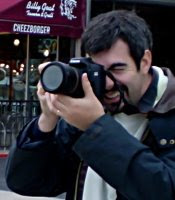
Depth of field (DOF) is the distance in front and beyond the object that is in focus. This tutorial will teach you about how to use Depth of Field in your own photography.
Depth of Field in Photoshop
In case you’re looking for a way to imitate Depth of Field in Photoshop (rather than photography, as this tutorial illustrates), we’ve got a great tutorial that will teach you how to enhance your graphics with depth of field in photoshop here at Tutorial9!
A short depth of field can be very useful when you want to isolate your object from the background, such as when taking portraits or macro photography. A large depth of field is great when you photograph landscapes and overall when you want every detail to be in focus.
Control the Depth of Field
There are three variables that affect DOF, the size of the Aperture, the distance to the object and what lens you’re using. (There is a fourth thing that affects the DOF, but that’s the size of the sensor and unless you have two cameras with different sensor sizes this isn’t something to take into account.)

As you can see in the illustration above, a lower f-number equals a shorter depth of field. A higher f-number will give you focus over a longer distance — when you’re having a hard time getting the correct focus it might be a good idea to extend your DOF by changing the aperture.

The distance between you and the object is also important, the closer you are to the object the shorter the DOF. If you’re photographing a person but needs to have a high f-number you can still get a very short DOF by keeping the distance between you and the person to a minimum.

The last thing you can do to affect your DOF is to change the lens. A wide-angle lens has a much greater DOF than a telephoto lens; the most extreme wide-angle and fish-eye lenses don’t even have to focus because they are so sharp on every aperture for the entire DOF (making for excellent scenic shots).
It’s important to know that the depth of field is greater behind the object than in front of it. If you want to photograph, let’s say 20 kids standing in a line, and you want as many of them as possible to be in focus, but you’re unable to have a small aperture, you should focus on the 6th-7th kid in line, which would balance the field of focus about right (depending on your distance to the kids). If you would focus on the 10th kid, that is the one in the middle, the first few kids would be more out of focus than the kids at the back of the line.
Unlike some other parts of photography, the depth of field works in your favor almost every time. If you want to photograph landscapes you usually have a wide-angle lens — the object is far away and you use a high f-number — all these things together gives you a depth to infinity. And if you’re photographing macro you’re close to the object, you have a telephoto lens and often a low f-number — all these things will give you a very short depth which will make your object stand out and make the background soft and non-distracting.
Bokeh
The word Bokeh derives from the Japanese word Boke which means “blur” or “fuzzy“, and that’s just what the term refers to in photography. The out of focus areas in the photograph look very different depending on the depth of field as well as the lens used, some lenses produces much better bokeh than other lenses. The shape of the aperture is one of the most important parts together with the quality of the optics when it comes to how the out of focus areas appear.

The photograph above is meant to illustrate what bokeh is. The lens used was the Canon 50mm f/1.8 which isn’t considered to be a good bokeh lens due to it’s 5 aperture blades.


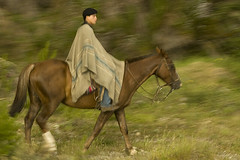



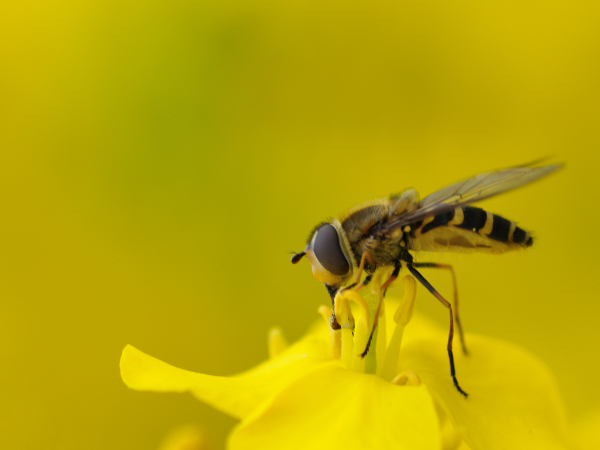


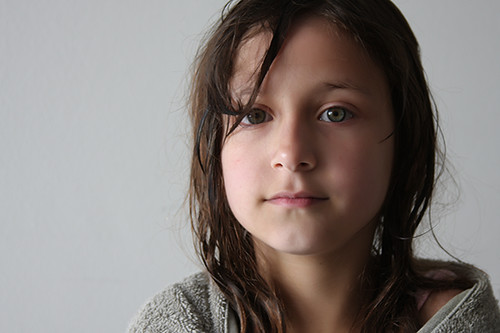

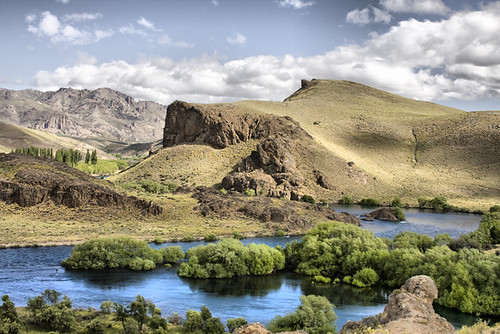

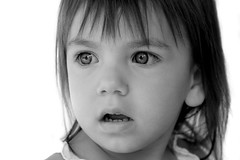

 .
.







